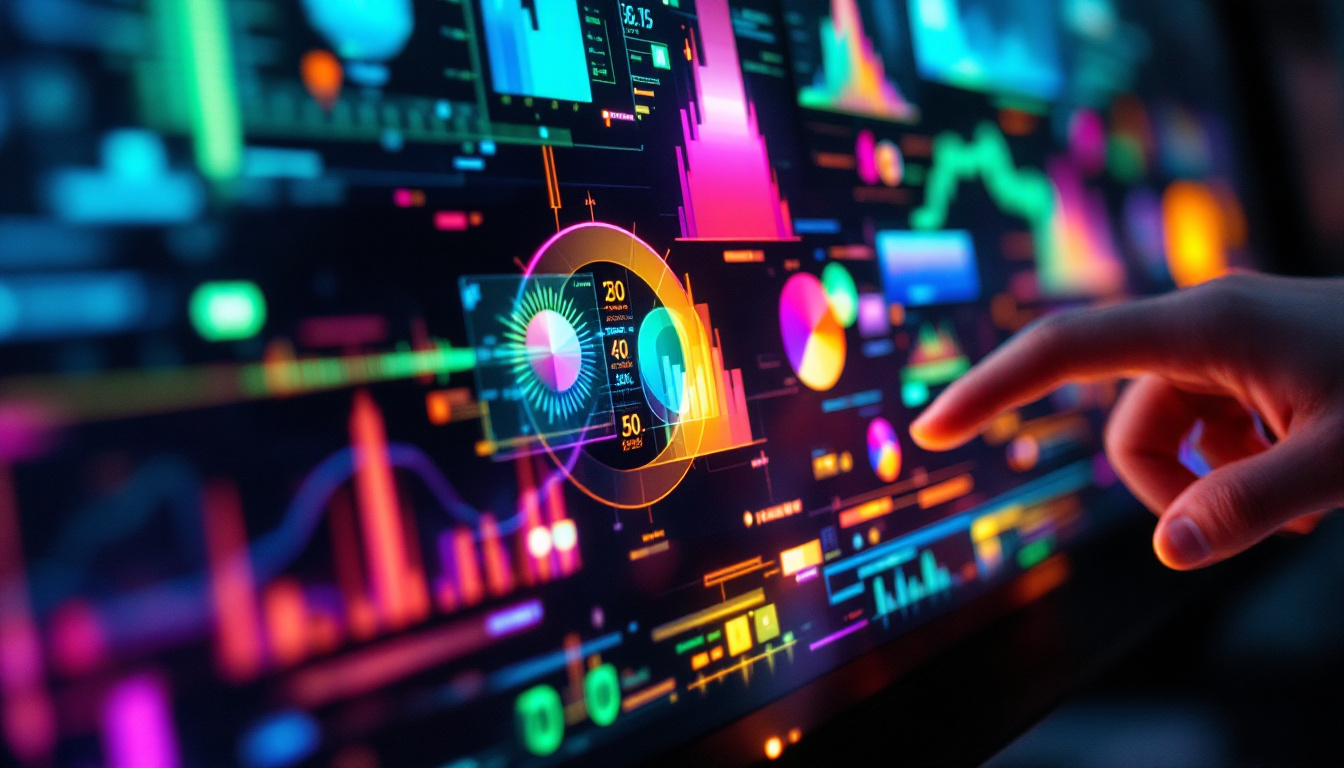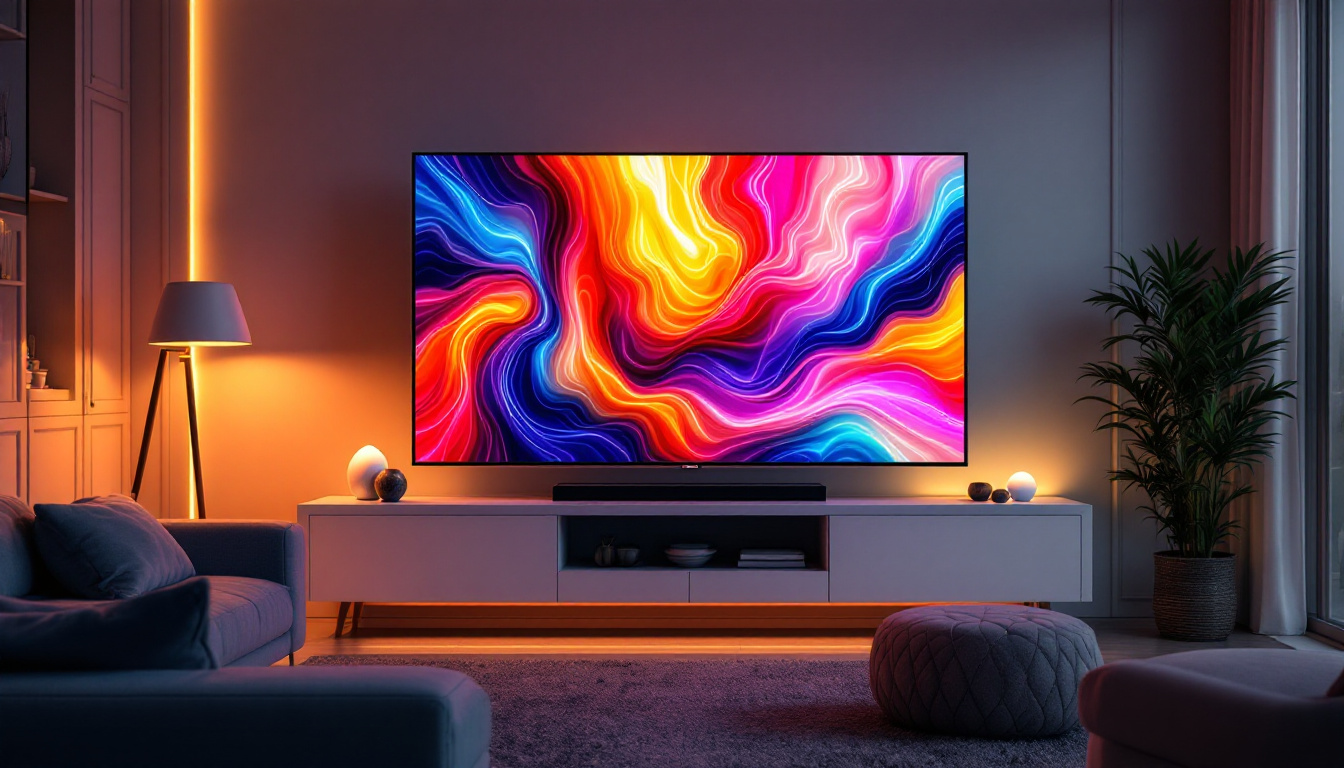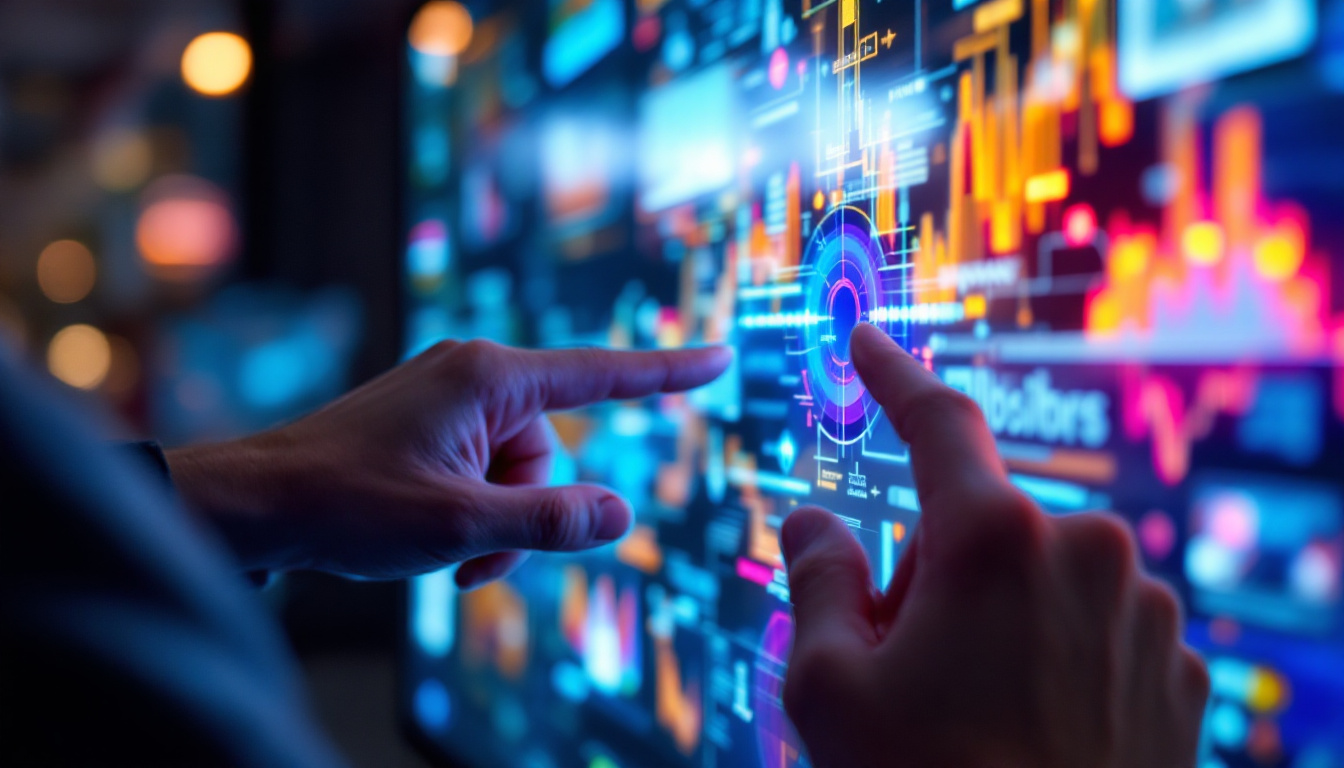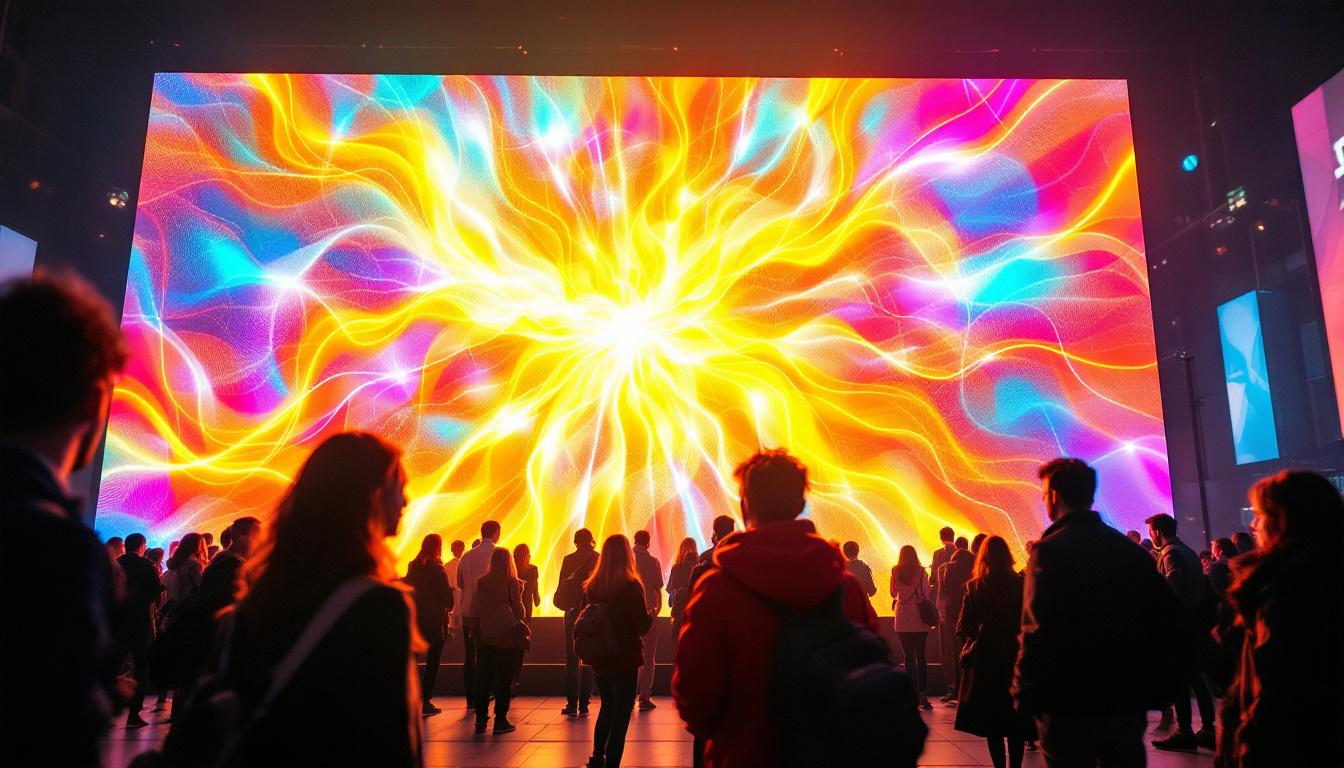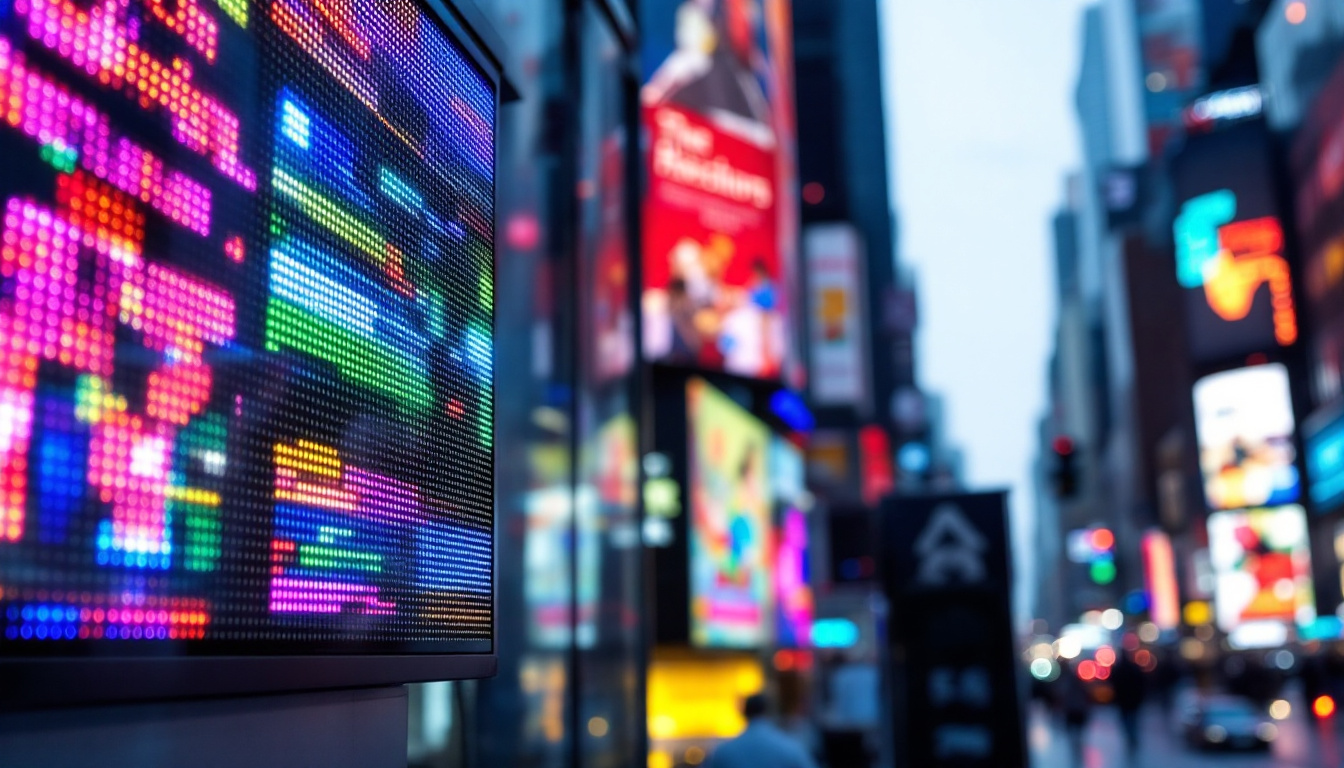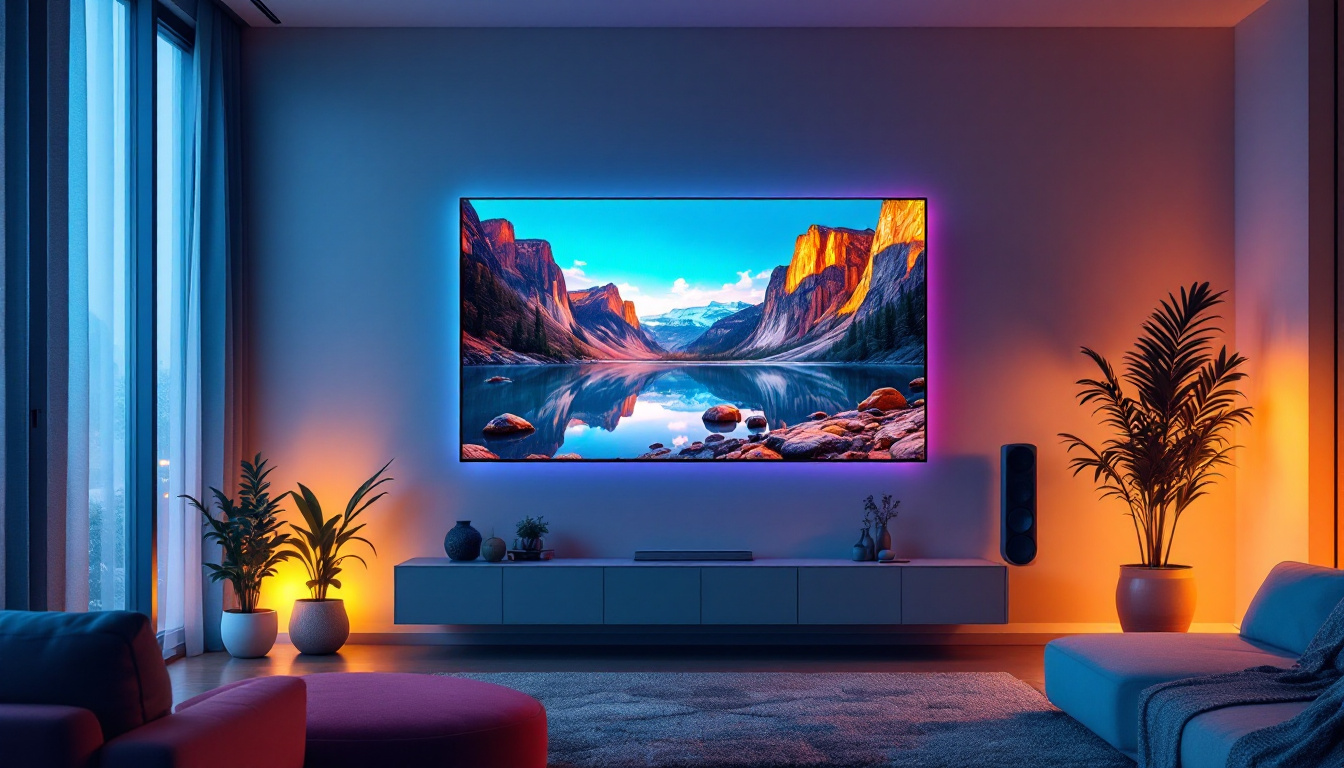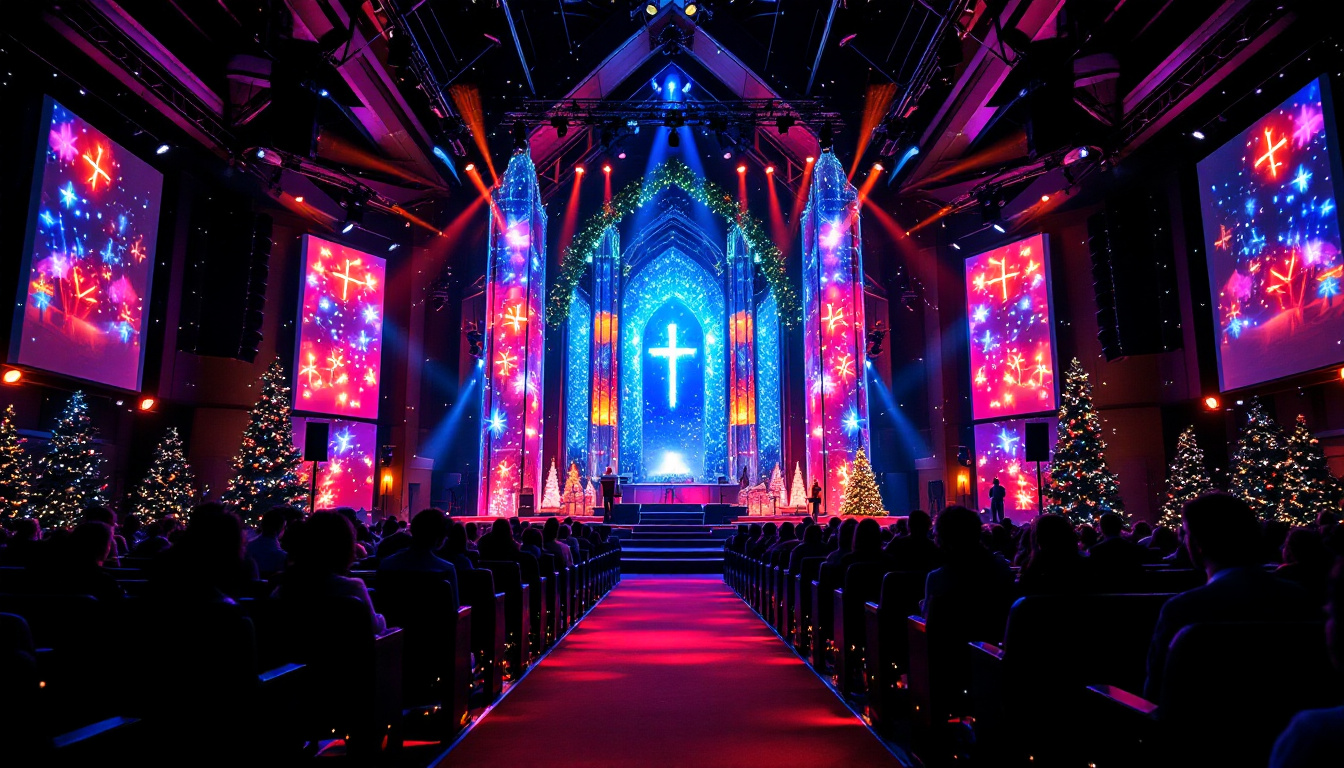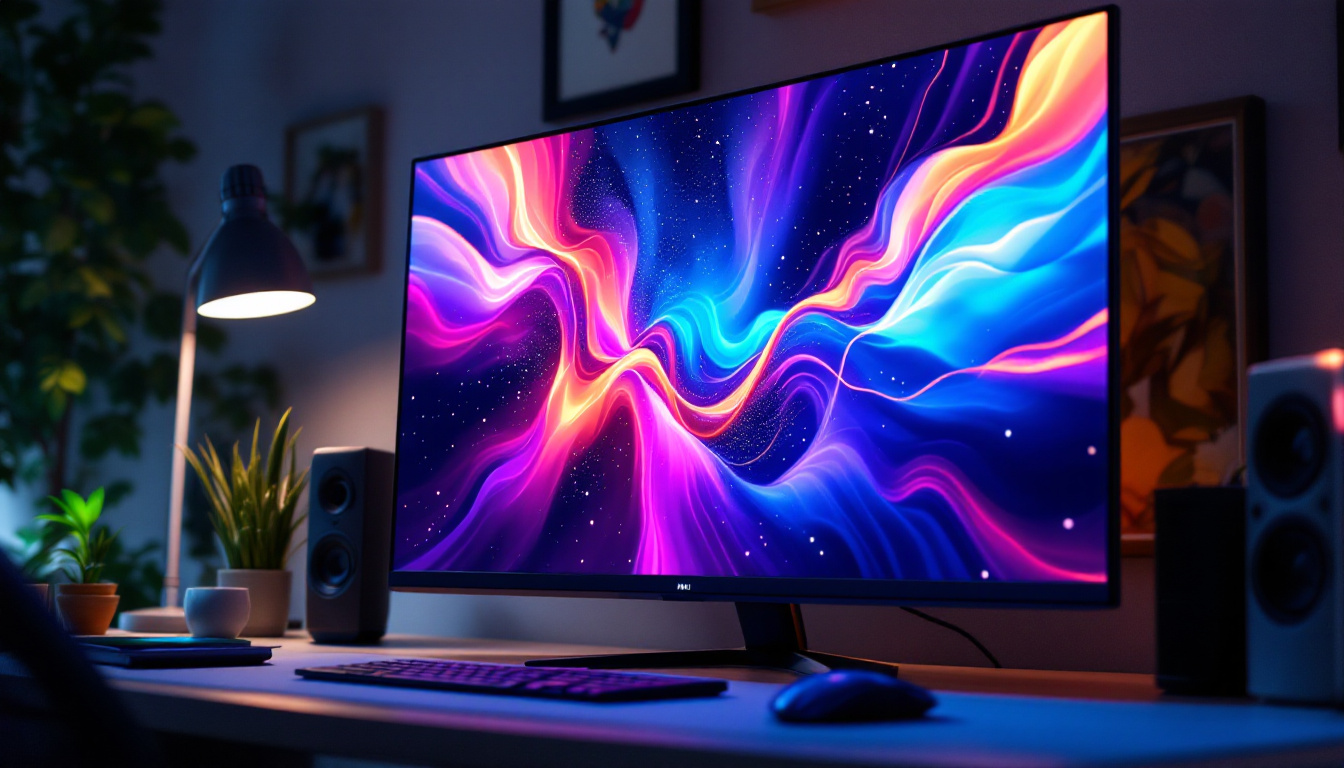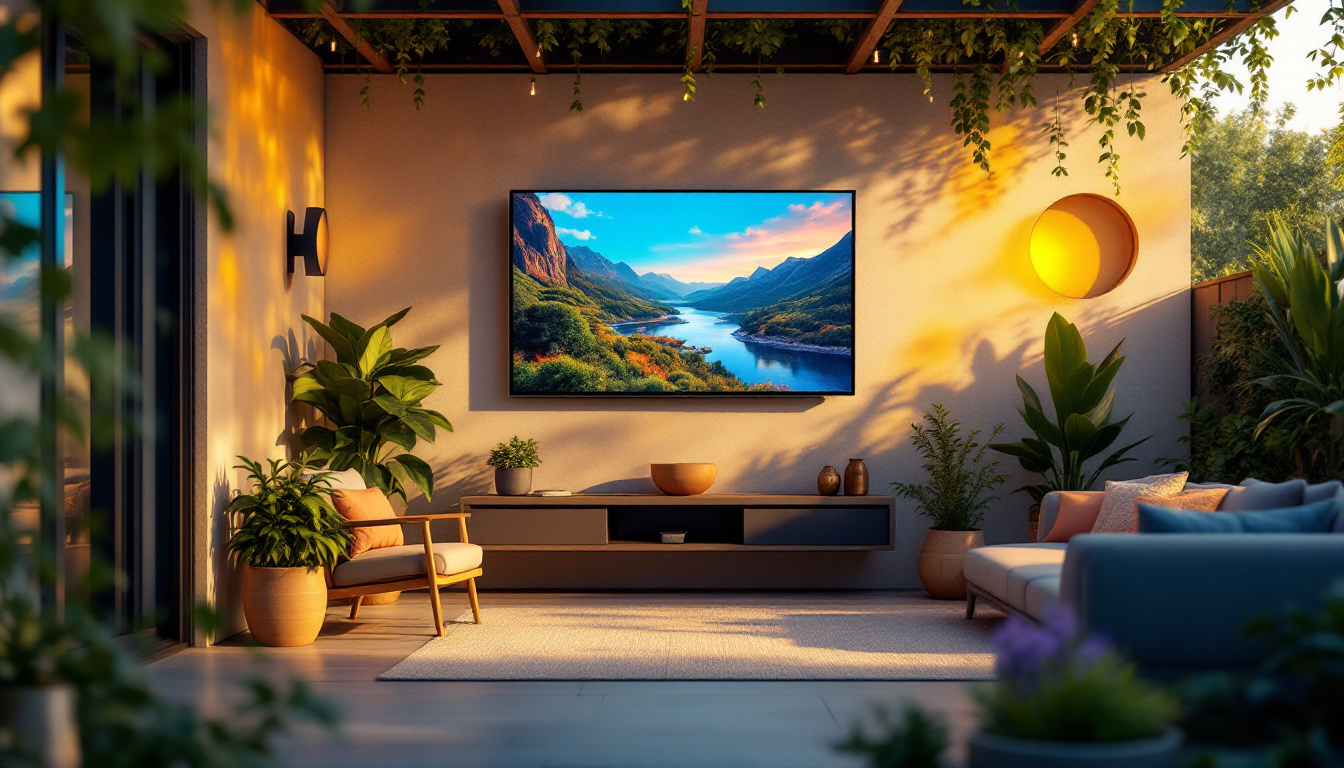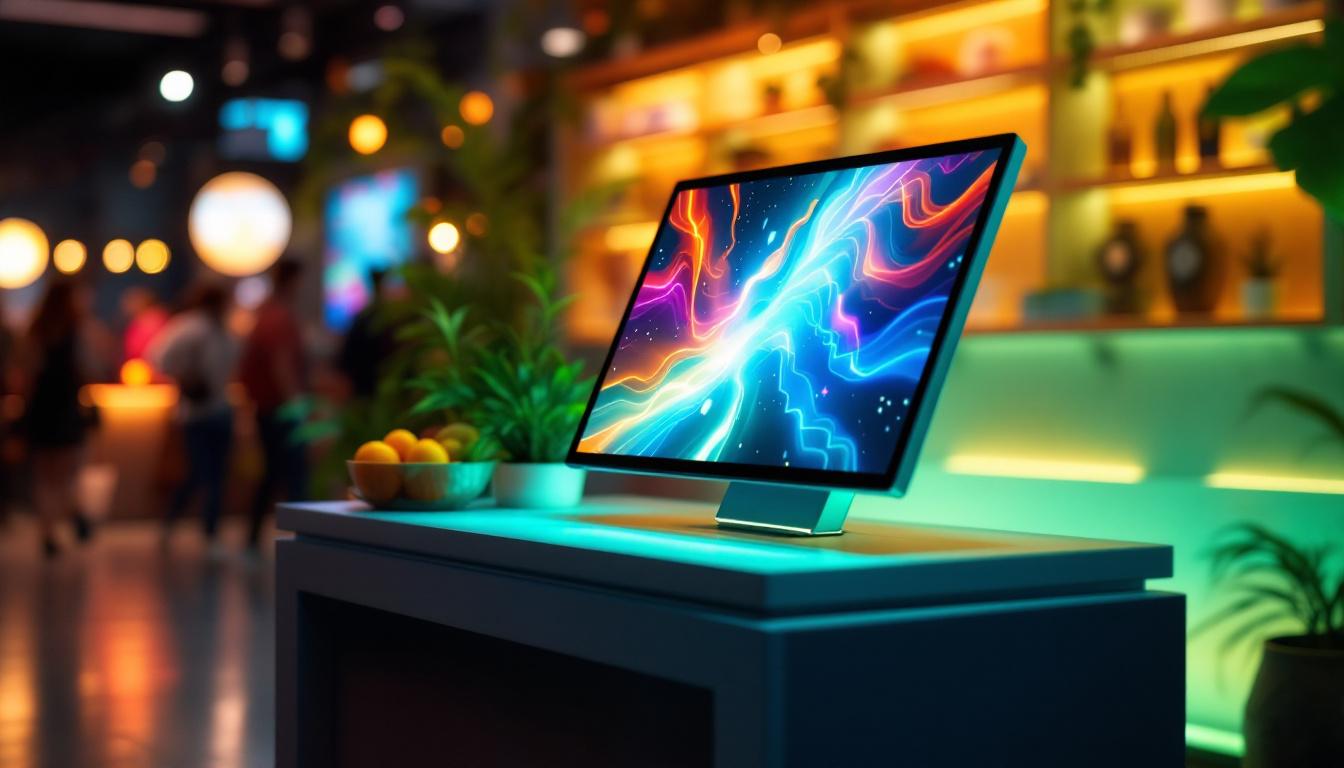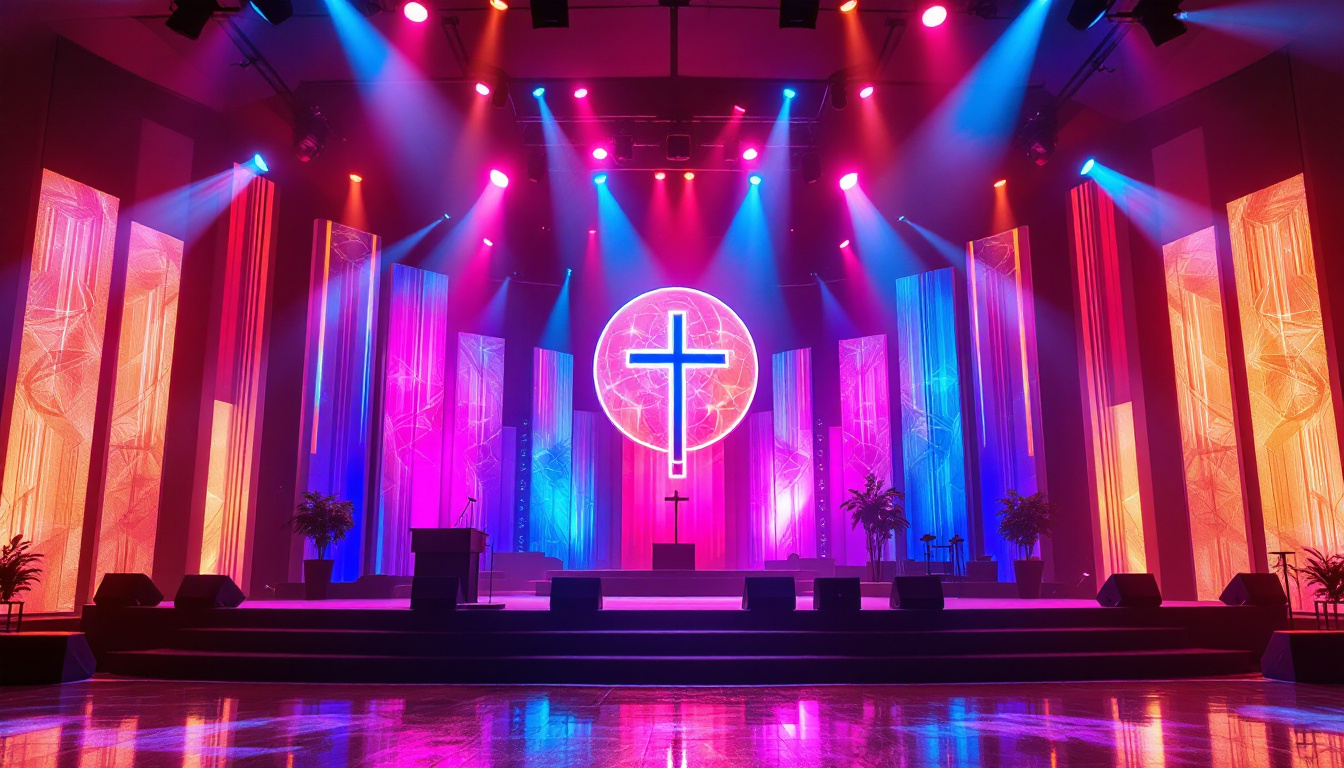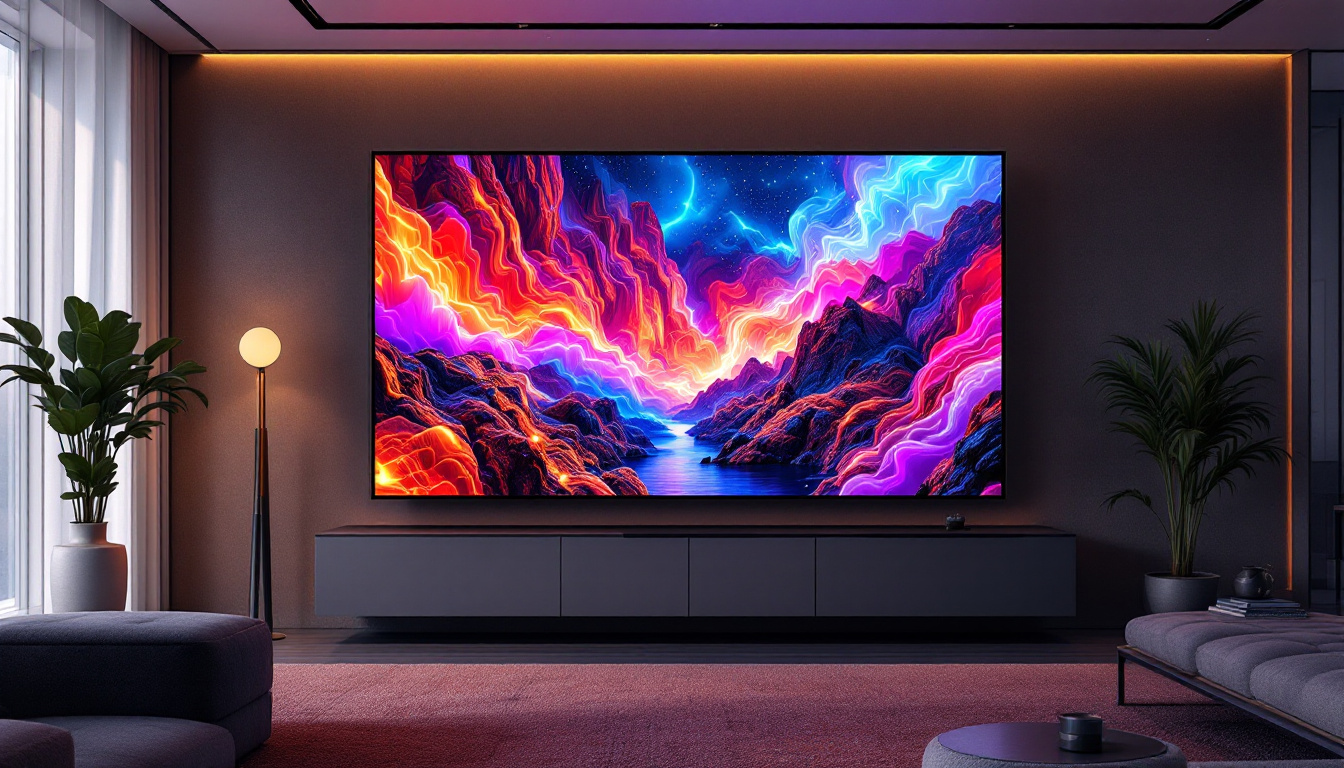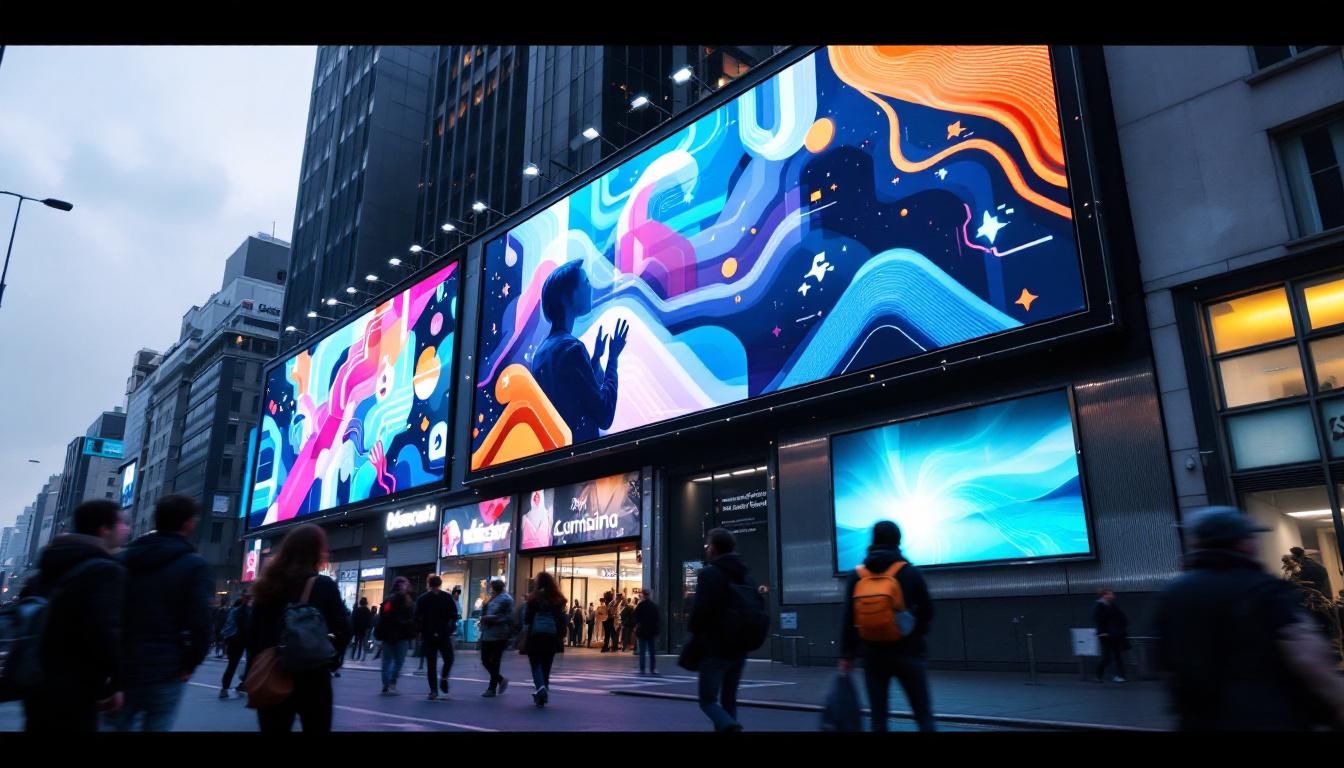In an era dominated by digital transformation, advertising has evolved beyond traditional static billboards to dynamic, eye-catching LED displays. LED billboards have revolutionized outdoor advertising by offering vibrant visuals, real-time content updates, and unparalleled visibility. This article delves into the technology behind LED displays, their advantages, applications, and what businesses should consider when investing in LED billboard advertising.
Understanding LED Billboard Technology
What is an LED Display?
LED stands for Light Emitting Diode, a semiconductor device that emits light when an electric current passes through it. LED displays are composed of thousands to millions of these tiny diodes arranged in a matrix to form images, text, and videos. Unlike traditional billboards that rely on printed materials, LED billboards use electronic pixels to create dynamic content that can be changed instantly.
The core components of an LED billboard include the LED modules, control system, power supply, and protective casing. Each LED module contains clusters of red, green, and blue diodes, which combine to produce a full spectrum of colors. The control system manages the display’s content, brightness, and timing, ensuring optimal visibility under various environmental conditions. Additionally, the protective casing is designed to withstand harsh weather elements, such as rain, wind, and extreme temperatures, ensuring the longevity and durability of the display in outdoor settings.
Furthermore, advancements in LED technology have led to the development of high-definition displays that offer superior resolution and clarity. This has made it possible for advertisers to create more intricate designs and animations that capture the attention of passersby. The ability to produce high-quality visuals has transformed the advertising landscape, allowing brands to convey their messages more effectively and creatively.
How Do LED Billboards Work?
LED billboards operate by controlling the intensity of individual diodes to display images and videos. The diodes are arranged in pixels, and each pixel’s color is determined by adjusting the brightness of its red, green, and blue components. This RGB color model allows LED billboards to produce millions of colors, making the visuals vibrant and engaging.
Content is uploaded to the billboard’s control system, which can be managed remotely via software. This flexibility enables advertisers to schedule different ads throughout the day, display real-time information like weather updates or news, and even interact with audiences through social media integration. The high refresh rate of LED displays ensures smooth motion and reduces flickering, which is critical for maintaining viewer attention. Moreover, the integration of sensors can adjust the brightness of the display based on ambient light conditions, ensuring that the billboard remains visible and impactful at all times, whether it’s day or night.
In addition to their advertising capabilities, LED billboards can also serve as platforms for public service announcements, community events, or emergency alerts, showcasing their versatility beyond commercial use. This multifunctionality makes them an invaluable asset in urban environments, where they can engage with the community and provide timely information. As technology continues to evolve, the potential applications for LED billboards are expanding, paving the way for even more innovative uses in the future.
Advantages of LED Billboards Over Traditional Advertising
Visibility and Brightness
One of the most significant advantages of LED billboards is their superior brightness. LEDs can emit light at intensities far beyond that of printed billboards, making them visible even in direct sunlight. Modern LED billboards can reach brightness levels of up to 5,000 nits, ensuring clear visibility day and night.
This enhanced visibility translates into higher engagement rates. Studies show that digital billboards can increase brand recall by up to 47% compared to static billboards. The ability to display vivid colors and motion graphics also captures the attention of passersby more effectively, making LED billboards a powerful tool for advertisers.
Dynamic Content and Flexibility
Unlike traditional billboards that require physical replacement of printed materials, LED billboards offer unparalleled flexibility. Advertisers can update content instantly, allowing for real-time promotions, event announcements, or emergency alerts. This capability is especially valuable in fast-paced industries such as retail, entertainment, and transportation.
Moreover, LED billboards support multiple advertisements on a single display, rotating content at set intervals. This maximizes advertising revenue and provides diverse messaging opportunities. The ability to tailor content based on time of day, weather, or audience demographics further enhances the effectiveness of campaigns.
Cost Efficiency Over Time
While the initial investment in LED billboards is higher than traditional options, the long-term cost benefits are substantial. Printed billboards require recurring expenses for printing, installation, and disposal. In contrast, LED billboards eliminate these costs by enabling digital content changes without physical intervention.
Additionally, LED technology has become increasingly energy-efficient, reducing operational costs. Advances in LED chip design and power management have lowered energy consumption by up to 30% compared to earlier models. The durability of LED displays, often rated for 100,000 hours of operation, also minimizes maintenance and replacement expenses.
Applications of LED Billboards
Outdoor Advertising and Branding
LED billboards are a staple in outdoor advertising, prominently featured in urban centers, highways, and commercial districts. Their ability to deliver high-impact visuals makes them ideal for brand awareness campaigns, product launches, and promotional events. Iconic locations such as Times Square in New York City showcase the power of LED billboards in creating immersive advertising experiences.
Brands leverage LED billboards to create memorable impressions through animations, videos, and interactive content. The dynamic nature of these displays allows advertisers to tell compelling stories that resonate with diverse audiences, driving engagement and sales.
Public Information and Safety
Beyond commercial use, LED billboards serve critical public functions. Municipalities use them to broadcast emergency alerts, traffic updates, weather warnings, and community announcements. The ability to update messages instantly is vital during crises, enabling authorities to communicate effectively with the public.
For example, during natural disasters or large public events, LED billboards can display evacuation routes, safety instructions, and real-time updates. This versatility enhances public safety and fosters community awareness.
Event Promotion and Entertainment
Sports arenas, concert venues, and festivals utilize LED displays to enhance the spectator experience. LED billboards can showcase live event feeds, scores, advertisements, and interactive content, creating an engaging atmosphere. Their high resolution and brightness ensure visibility from a distance, making them indispensable in large venues.
Event organizers also use LED billboards for sponsorship visibility and on-site promotions, generating additional revenue streams. The ability to customize content for different segments of the audience adds to the appeal of LED technology in entertainment settings.
Key Considerations When Investing in LED Billboards
Resolution and Pixel Pitch
Resolution refers to the number of pixels in the LED display, while pixel pitch is the distance between the centers of adjacent pixels. These factors directly influence image clarity and viewing distance. A smaller pixel pitch means higher resolution and sharper images, suitable for close-range viewing.
For billboards located along highways or in large public spaces, a pixel pitch between 10mm and 20mm is common, balancing cost and visibility. Urban environments with closer viewing distances may require finer pixel pitches for optimal image quality. Understanding these specifications helps businesses select the right LED billboard to meet their advertising goals.
Brightness and Weather Resistance
Brightness levels must be tailored to the installation environment to ensure visibility without causing glare. LED billboards typically feature automatic brightness adjustment sensors that adapt to ambient light conditions, enhancing viewer comfort and energy efficiency.
Weather resistance is another critical factor. Outdoor LED billboards should have an IP65 or higher rating, indicating protection against dust and water. Robust casing and ventilation systems protect the internal components from temperature extremes, humidity, and precipitation, ensuring reliable operation year-round.
Regulatory Compliance and Location
Local regulations often govern the installation and operation of LED billboards, including size restrictions, brightness limits, and permitted locations. Compliance with these rules is essential to avoid fines and legal challenges. It is advisable to consult with municipal authorities and obtain necessary permits before installation.
The choice of location also impacts the effectiveness of LED billboard advertising. High-traffic areas with good sightlines maximize exposure, while proximity to target demographics enhances campaign relevance. Strategic placement combined with compelling content drives measurable results.
The Future of LED Billboard Technology
Integration with Smart Technologies
As the Internet of Things (IoT) and artificial intelligence (AI) continue to advance, LED billboards are becoming smarter and more interactive. Future displays may incorporate facial recognition, audience analytics, and personalized content delivery to increase engagement. For instance, billboards could tailor advertisements based on the demographics of nearby viewers or current environmental conditions.
Such innovations promise to transform LED billboards from passive advertising tools into dynamic communication platforms that respond in real-time to audience behavior and preferences.
Energy Efficiency and Sustainability
Sustainability is a growing priority in outdoor advertising. Manufacturers are developing LED modules with improved energy efficiency and recyclable materials to reduce environmental impact. Solar-powered LED billboards are also emerging, enabling off-grid installations and lowering carbon footprints.
These eco-friendly advancements align with corporate social responsibility goals and appeal to environmentally conscious consumers, enhancing brand reputation.
Enhanced Visual Capabilities
Technological progress continues to push the boundaries of LED display quality. Innovations such as micro-LED and mini-LED technologies offer higher brightness, better contrast ratios, and longer lifespans. These improvements will enable even more immersive and realistic visual experiences on billboards.
Additionally, flexible and transparent LED displays are expanding design possibilities, allowing integration into architectural elements and unconventional surfaces, further broadening the scope of outdoor advertising.
Conclusion
LED billboards represent a significant leap forward in outdoor advertising, combining technological sophistication with practical benefits. Their ability to deliver bright, dynamic, and customizable content makes them indispensable in today’s competitive marketing landscape. By understanding the technology, advantages, applications, and key considerations, businesses can make informed decisions to leverage LED billboards effectively.
As LED display technology continues to evolve, it promises to offer even greater opportunities for engagement, sustainability, and innovation. Investing in LED billboards today positions brands at the forefront of digital advertising, ready to captivate audiences and drive impactful results.
Illuminate Your Brand with LumenMatrix
Ready to elevate your advertising to new heights? LumenMatrix is at the forefront of LED display innovation, offering a diverse range of solutions tailored to your unique needs. From the bustling streets to the heart of your next event, our Indoor and Outdoor LED Wall Displays, Vehicle LED Displays, and more, are designed to captivate and engage. Embrace the future of visual communication with our cutting-edge technology that promises to bring your brand’s message to life with vibrancy and precision. Check out LumenMatrix LED Display Solutions and transform your advertising strategy today.




